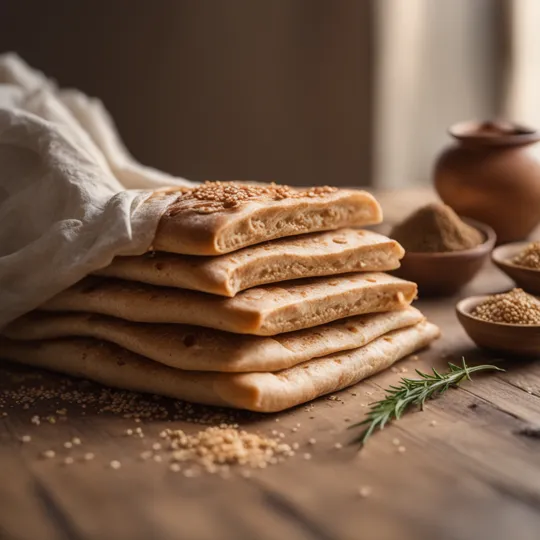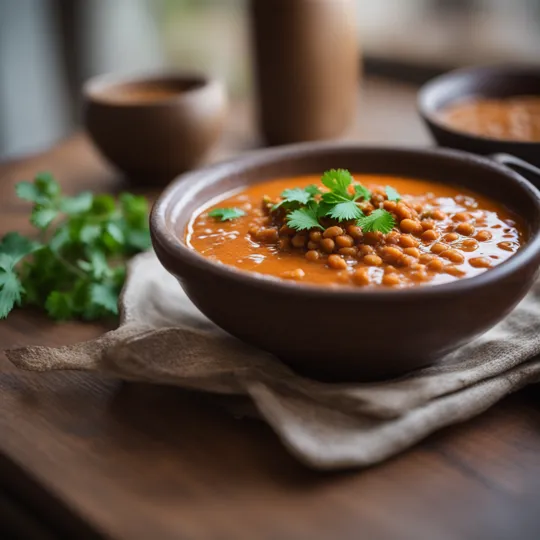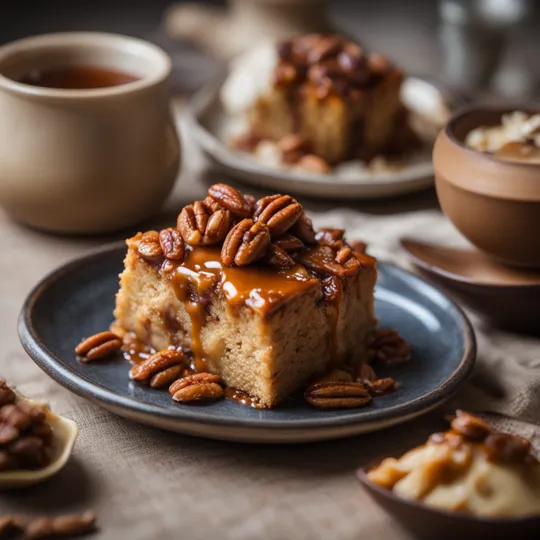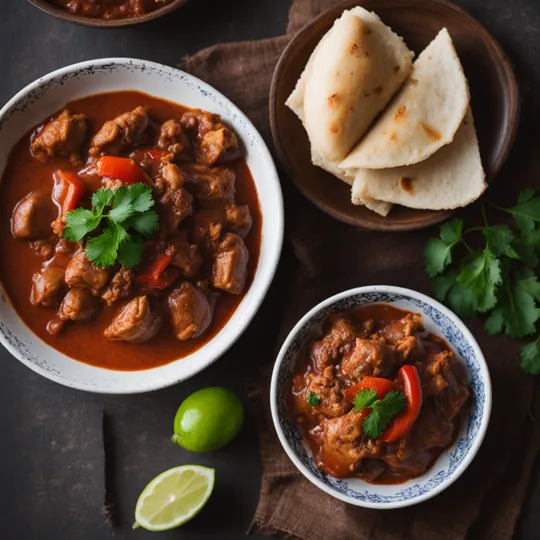Injera: Traditional Ethiopian Fermented Flatbread
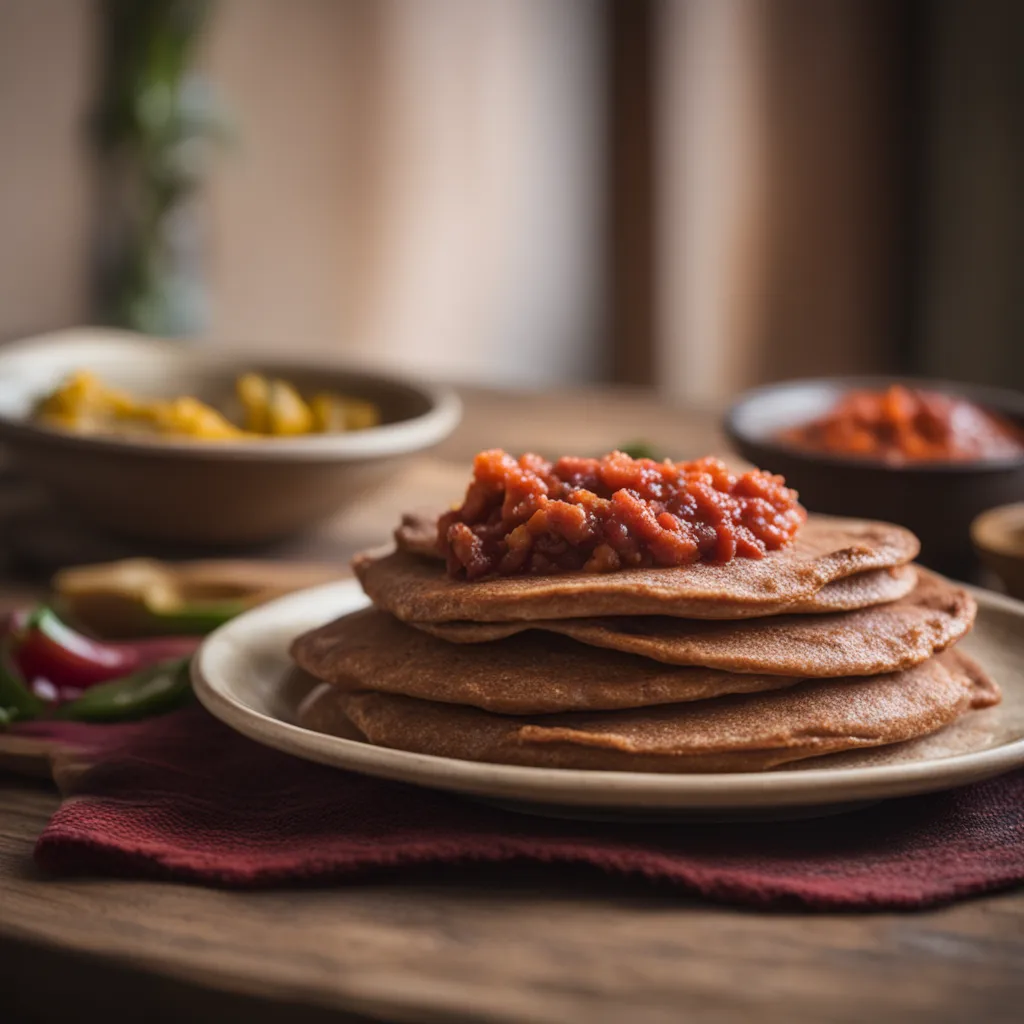
Injera is more than just bread; it’s an integral part of Ethiopian cuisine that brings people together. This spongy, tangy flatbread is traditionally made with teff flour, a tiny grain packed with nutrients. It serves as both the plate and utensil for various delicious Ethiopian stews and salads. Injera’s unique texture allows it to absorb flavors beautifully, making every meal an immersive experience.
“Injera: A bread that embodies the soul of Ethiopia.”
Ingredients
- 2 cups teff flour
- 3 cups water (for soaking)
- 1 cup warm water (for batter)
- 1/4 teaspoon salt
- Sourdough starter (optional, for fermentation)
For Sourdough Starter (Optional):
- 1/4 cup teff flour
- 1/2 cup water
Instructions
Prepare the Sourdough Starter (if using): Mix teff flour and water in a bowl until smooth. Cover loosely with a cloth and let it sit at room temperature for 3 to 5 days, stirring daily until bubbly.
Soak Teff Flour: In a large bowl, combine teff flour with the 3 cups of water. Stir well and cover with plastic wrap or a lid. Let it soak overnight (8-12 hours) at room temperature.
Mix Batter: The next day, carefully pour out any excess liquid from the soaked mixture. Add warm water and salt to achieve a smooth, runny batter consistency, similar to pancake batter. If using sourdough starter, mix in 1/2 cup of it into the batter.
Ferment the Batter: Cover the bowl again and let the batter ferment at room temperature for an additional 24-48 hours. The longer it ferments, the more tangy flavor develops.
Cook Injera: Preheat a non-stick skillet or traditional injera pan over medium heat. Lightly grease with a little oil if needed. Pour about 1/4 cup of batter onto the center of the hot skillet and quickly swirl to spread it thinly across the surface, forming a large circle.
Cook Until Pores Form: Cook for about 3-5 minutes or until bubbles form on top and the edges start lifting from the pan. The cooked side should have a slightly spongy texture with visible pores.
Flip and Finish Cooking: Carefully flip the injera using a large spatula to cook the other side for an additional minute, then remove it from the skillet.
Repeat: Continue with the remaining batter until all injera are cooked.
Injera is best enjoyed fresh and warm, serving as both your plate and utensil in traditional Ethiopian meals. Its unique texture makes it perfect for scooping up stews like Doro Wat or lentil dishes such as Misir Wot. Enjoy this culinary journey through Ethiopia with a dish that’s as much about the experience as it is about taste!

